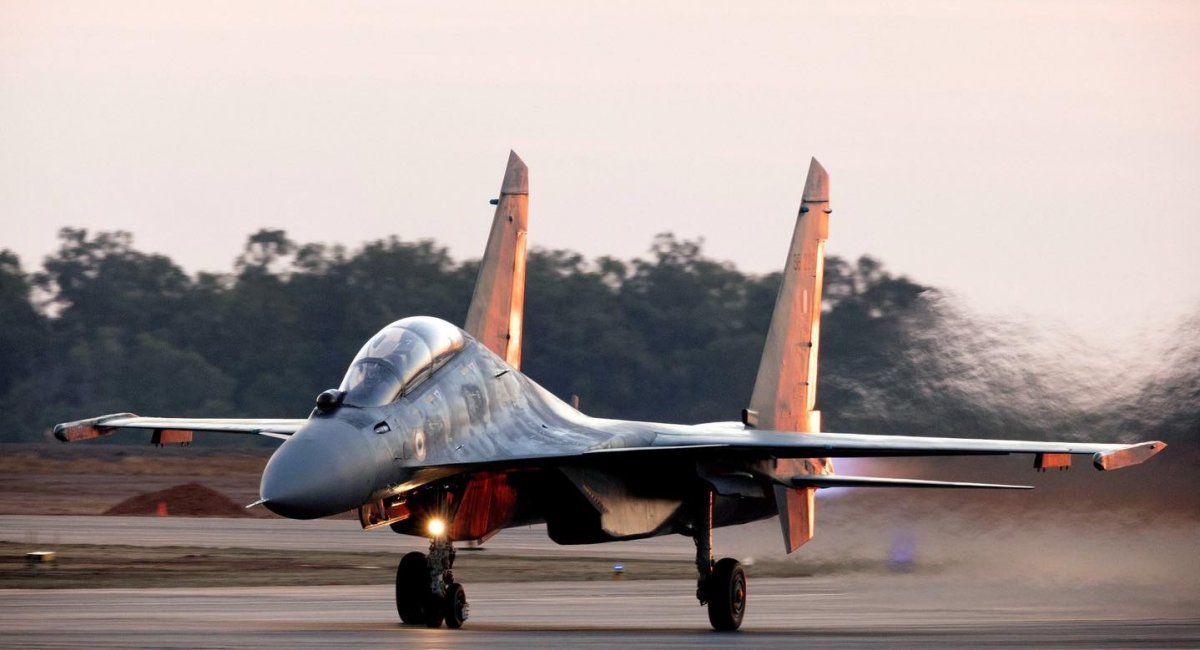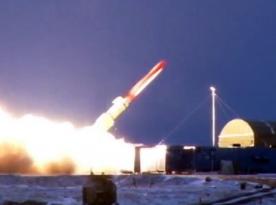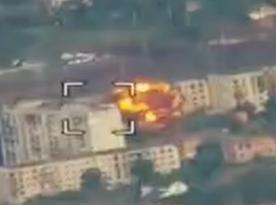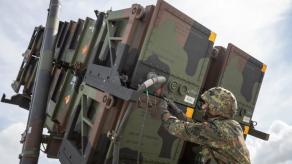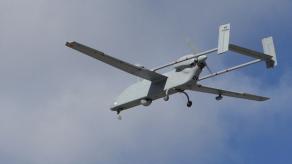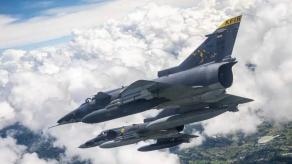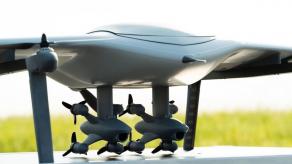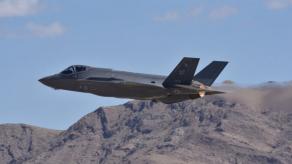For India, the russian Su-30MKI is a cornerstone of its air force, with over 260 of these aircraft forming a significant portion of its fleet of 500 fighters, which also includes the MiG-21, MiG-29, Mirage 2000, Rafale, and the domestically-produced Tejas. India’s relationship with the Su-30MKI spans decades, as deliveries from russia began in the late 1990s; and from 2004 to 2021, the aircraft was produced in India under a licensing agreement.
The modernization of these fighters is a critical priority for India, but the issue is politically toxic, as it involves coordination with Moscow — risking potential sanctions from the West. As a result, India has long emphasized its intent to undertake this modernization domestically.
Read more: Brazil Wants russian Oniks Missiles, India Could Help to Get Them
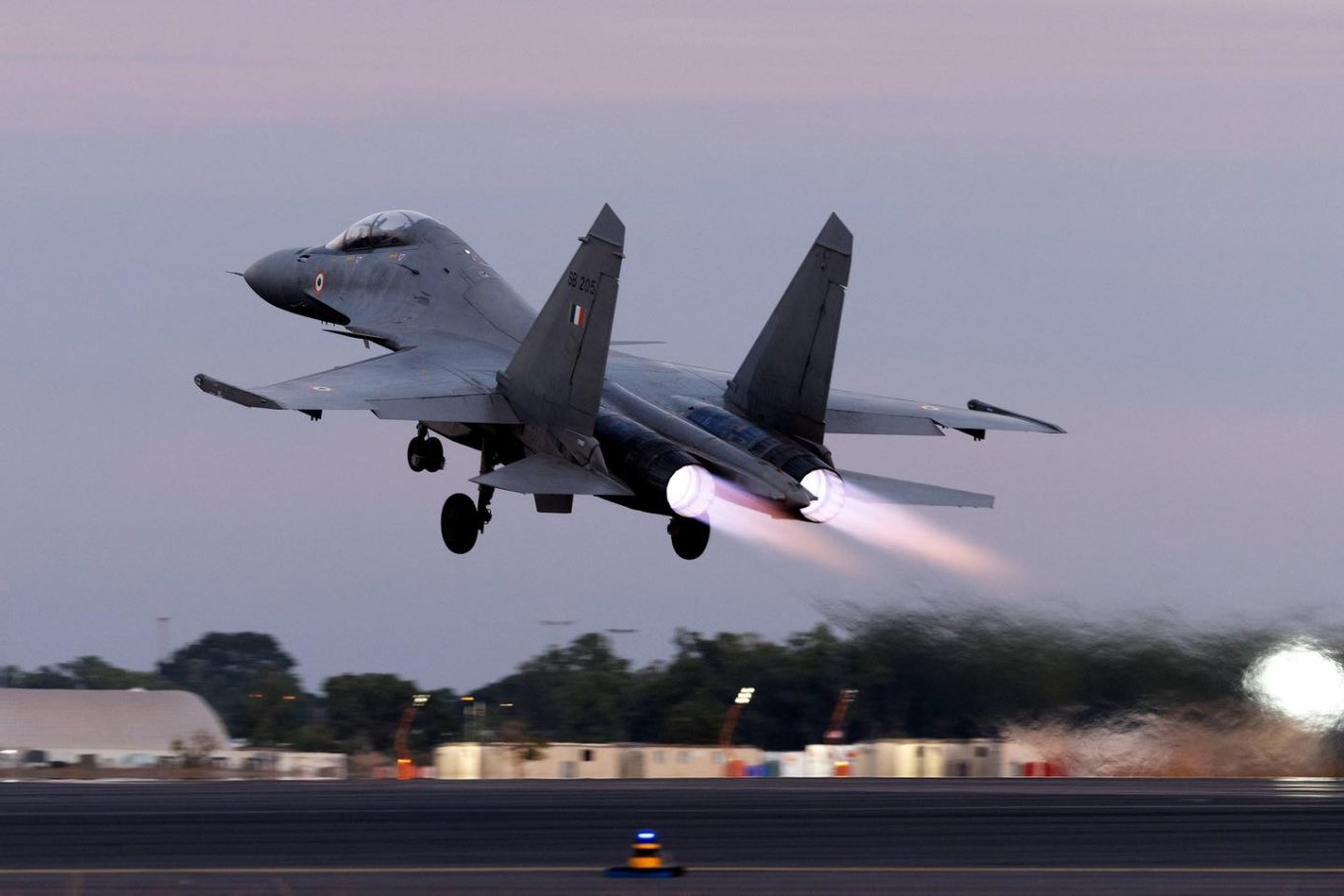
In July 2023, the Indian Ministry of Defense outlined a project to upgrade the first 83 Su-30MKIs, with an estimated budget of $7.5 billion, including design and development costs, as reported by Times of India. This modernization aims to extend the aircraft's service life until 2055, and turn them into "fifth-generation fighters in terms of capabilities except for stealth."
The upgrade plans include integrating India’s new Virupaksha radar, featuring an AESA (Active Electronically Scanned Array) antenna, overhauling the electronic systems, adding optional unmanned flight capabilities, and equipping the aircraft with new weapons. The engines will also be replaced. This modernization effort is closely tied to the development of the AMCA, India’s indigenous fifth-generation fighter, with shared technologies between the two programs.

The development phase is expected to take seven years, with the upgrade of the 83 aircraft spread over 15 years. Some sources suggest a faster pace, with up to 25 aircraft being updated annually, aiming for completion by 2034. Hindustan Aeronautics Limited (HAL), the licensed manufacturer of the Su-30MKI, will handle the modernization.
Interestingly, India has explored other, quicker modernization options, which it has already begun exporting. For example, India and Malaysia have agreed on modernizing Malaysia’s fleet of 18 Su-30MKMs. The upgrades will integrate Su-30MKM with the BrahMos anti-ship missile, produced under a joint russian-Indian venture, and replace certain components with newer Indian-made alternatives. India is already officially providing technical support to Malaysia’s Su-30 fleet, supplying spare parts.
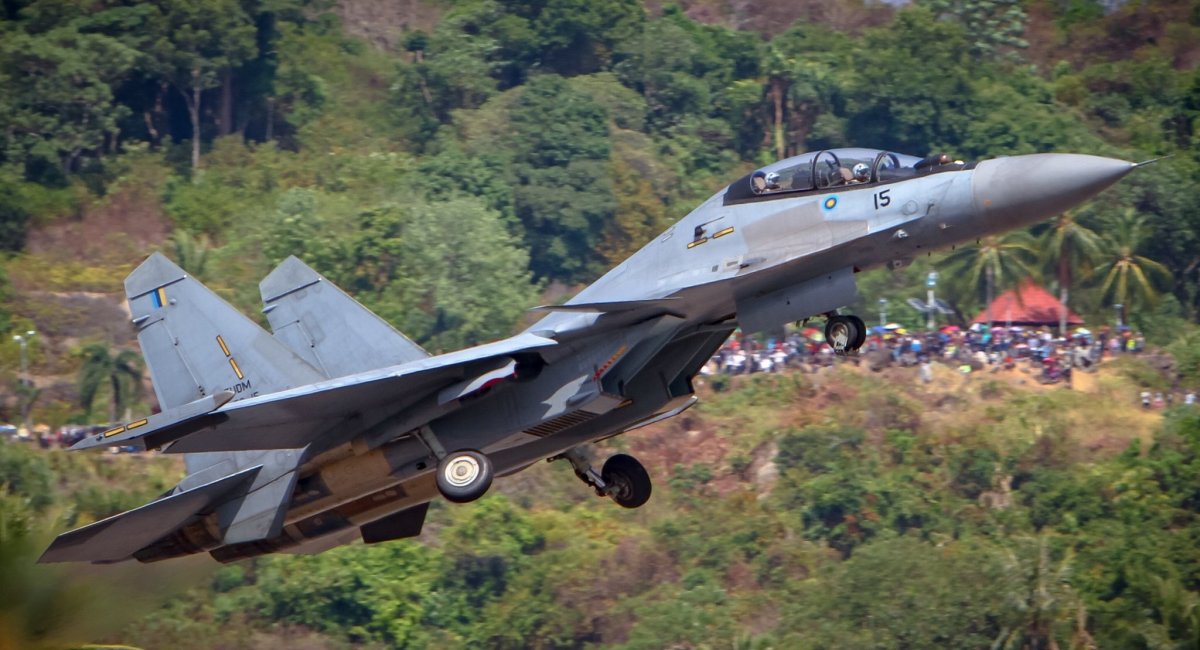
Armenia, too, has expressed interest in modernizing its fleet of four Su-30s in India. Although these plans circulated as rumors since January 2023, they were recently confirmed by Armenian Air Force Colonel Hovhannes Vardanyan heading Armenia's delegation at the 2024 Tarang Shakti international exercises. As quoted by Hindustan Times, negotiations are underway, although still in the early stages.
Amid these separate modernization programs, two of which require Moscow’s approval, it is notable that the Kremlin has remained silent — neither expressing approval nor disapproval. This absence of response raises the possibility that russia is deliberately concealing its involvement, which would constitute a violation of international sanctions.
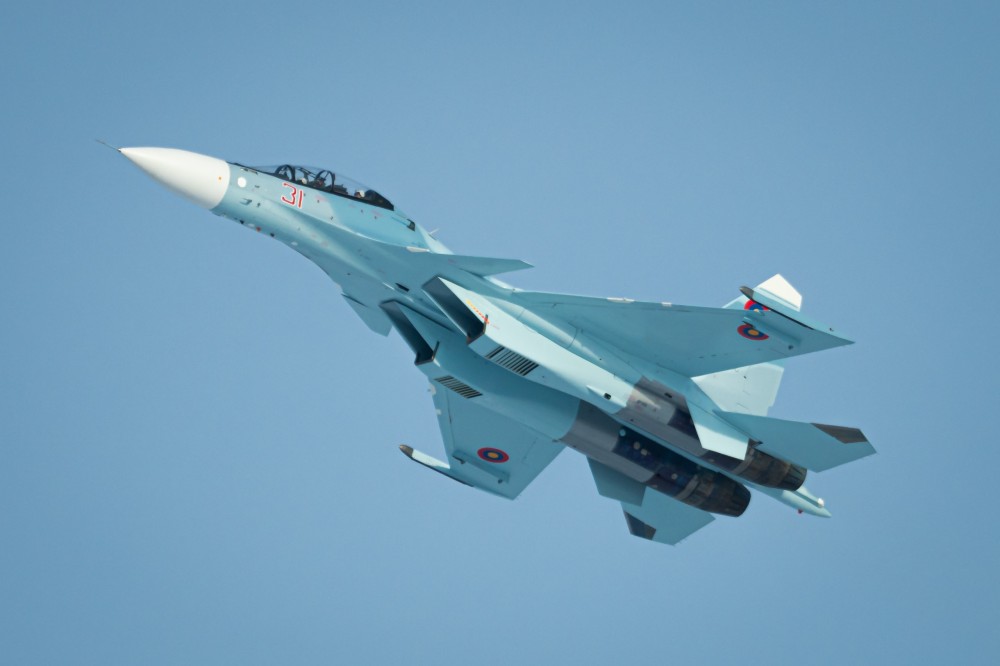
For instance, on September 9, HAL secured a long-term contract worth $3 billion to produce 240 AL-31FP engines for the Su-30MKI over the next eight years. India’s Ministry of Defense announced that by the end of this period, the Indian component share would rise to 63%, meaning that 37% of the components will still be of russian origin.
A similar dynamic exists with the integration of BrahMos missiles into the Su-30, which cannot proceed without russian cooperation, as the missile was developed by a joint venture between russia’s NPO Mashinostroeniya and India’s DRDO. Despite India’s claims that it can now independently produce the BrahMos, Moscow has remained silent on the matter.
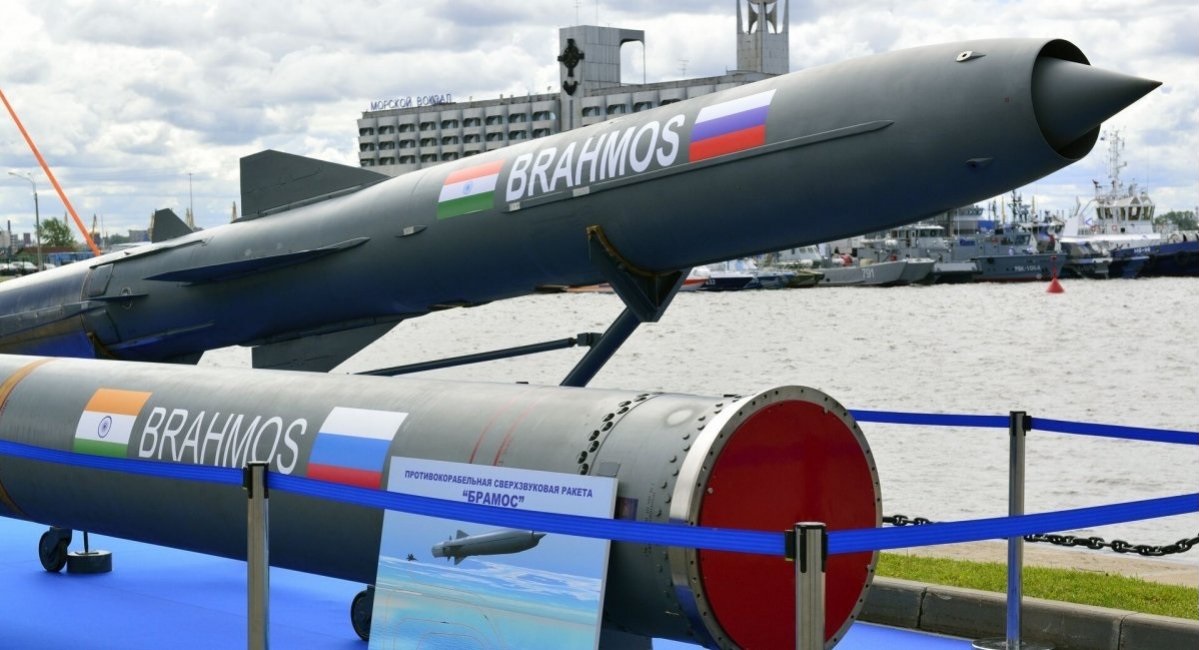
This overall silence suggests that India could be acting as an intermediary, allowing russia to continue its defense contracts related to the Su-30. The fighter is not only operated by India, Malaysia, and Armenia, but also by Algeria, Angola, Belarus, Venezuela, Indonesia, Kazakhstan, China, and Uganda — a total of 270 more aircraft, many of which waiting to be modernized, too.
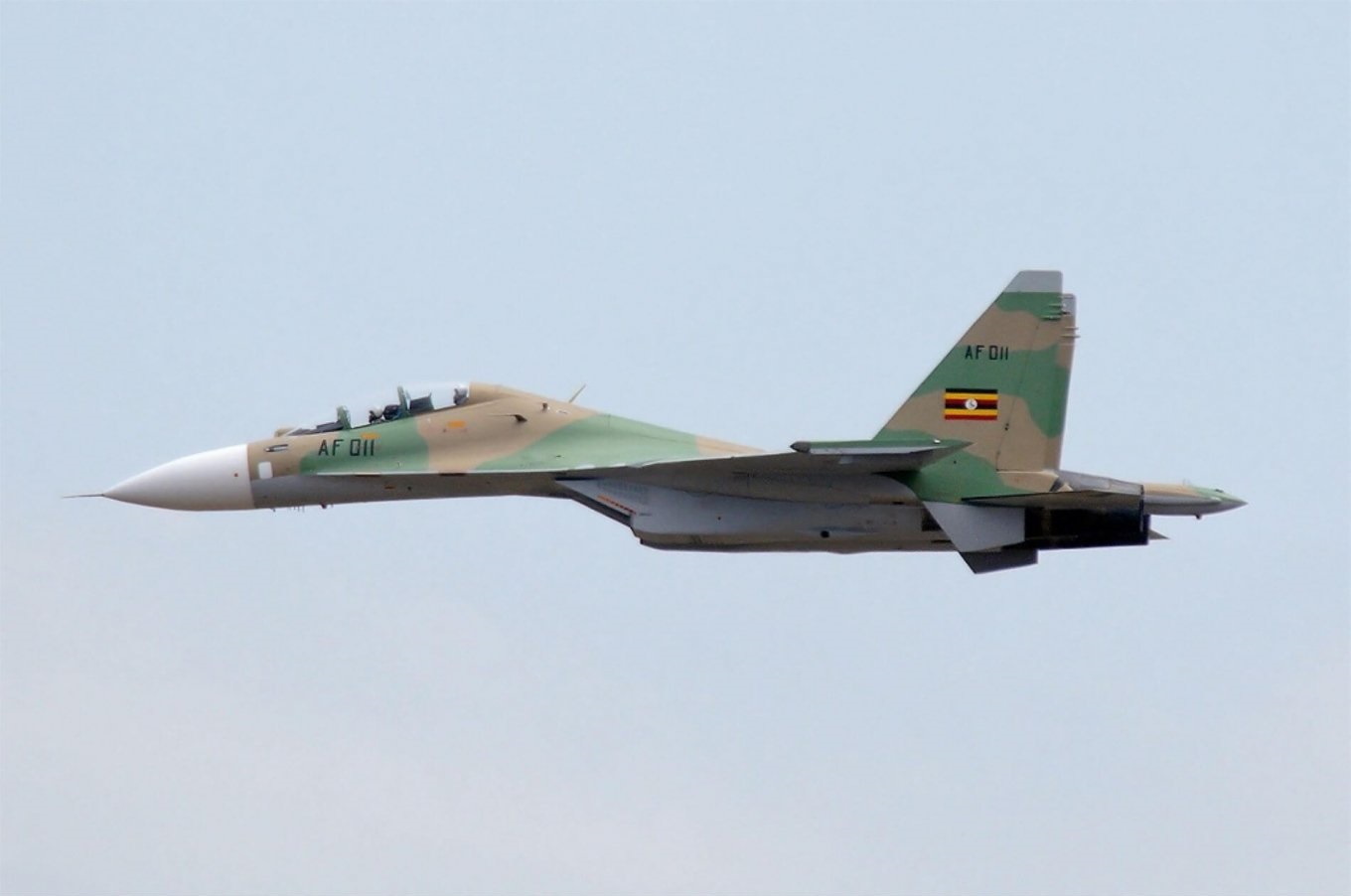
However, India appears to be playing this strategic game in a more crafty way than it seems. The key to any aircraft modernization lies in electronics, and India’s electronics will dominate these upgrades.
The planned replacement of the Su-30’s russian N011M radar with India’s Virupaksha means that Indian missiles will be integrated into the aircraft. This shift diminishes russia’s influence over the modernization process, potentially undermining its monopoly on the supply of aviation weapons in these projects.
Read more: India Backstabs russia by Developing Own S-400: Project Estimated at $2.5 mln and Only 5 Years



